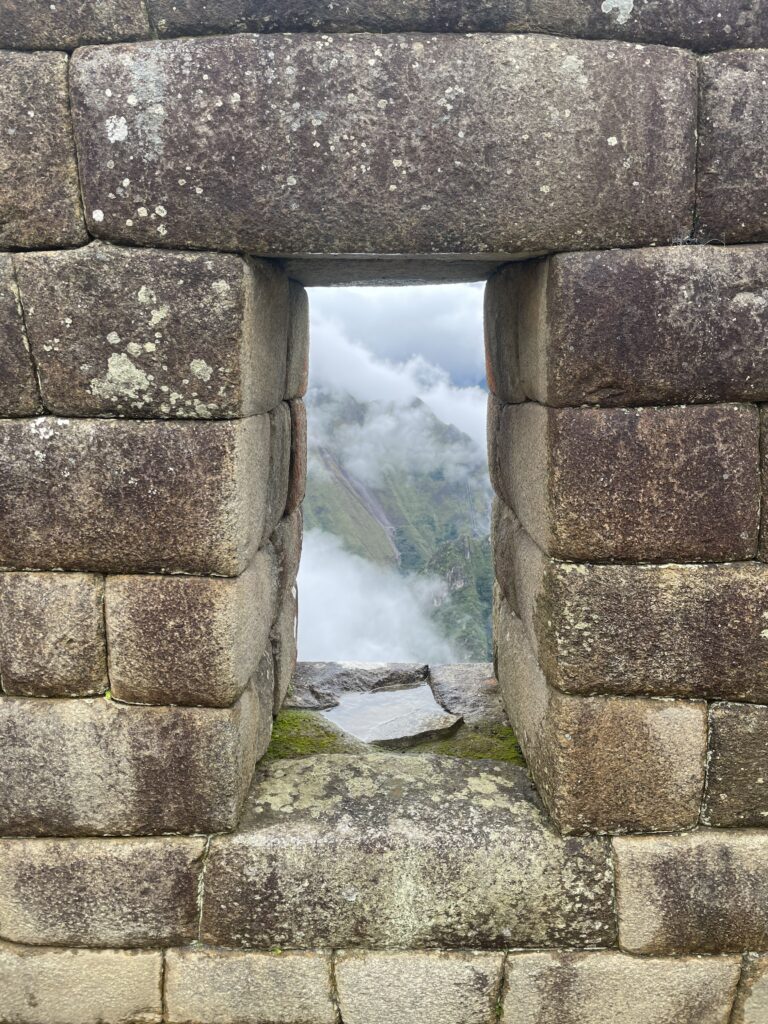A strange018 thailands teens girls sex videos for free city-sized cometseems to have woken up early as it drifts toward the sun— even though it's still much farther than Saturnin space.
Using a giant Chilean desert telescope, the Atacama Large Millimeter/submillimeter Array, scientists got a detailed look at C/2014 UN271. This comet, commonly known as Bernardinelli–Bernstein, is one of the largest and most distant ever detected, and it’s doing something no one saw coming. Despite being extremely far from the sun's heatin the freezing outskirts of the solar system, this 500 trillion-ton behemoth is already breaking down and releasing gas.
Scientists aimed ALMAat the comet in March 2024 and saw carbon monoxide — a gas that usually doesn’t show up in observations that far away — gushing out of its surface in jets. The team also picked up signs of dust and heat coming from its icy, 85-mile-wide nucleus.
It’s the farthest comet ever caught doing this in millimeter-wavelength light, which the ground telescope uses to look at cold cosmic objects.
"We’re seeing explosive outgassing patterns that raise new questions about how this comet will evolve as it continues its journey toward the inner solar system," said NASA's Nathan Roth, lead author of the new research, in a statement.
SEE ALSO: Ancient moon volcanoes made tiny glass beads. Here's what they mean.This Tweet is currently unavailable. It might be loading or has been removed.
Comets, known for their millions-of-miles-long streaks, are among the oldest objects in the solar system. These boulders of ice, dust, and rock are leftover from the early days of planet formation, about 4.6 billion years ago.
Astronomers often think of them as time capsules of the ancient solar system, perhaps holding the secrets of how primitive Earth got water and other critical chemistry to eventually spawn life. So far there are over 4,000 known cometsthat scientists continue to track.
As comets swing closer and closer to the sun, their ice disintegrates, converting from a solid to a gas in one fell swoop, skipping over the liquid phase. Their tailsare made of vaporizing ice, dust, and carbon dioxide debris.
But this comet — still 1.5 billion miles away — is already active and has been for at least the past year, according to the new studypublished in The Astrophysical Journal Letters. The findings show complex and evolving jets of carbon monoxide bursting from the comet’s nucleus.
"These measurements give us a look at how this enormous, icy world works," Roth said.
Bernardinelli–Bernstein has an estimated 3-million-year-long orbit, taking it about half a light-yearaway from the sun. It’s thought to come from the so-called Oort Cloud, a sphere of ancient, icy objects surrounding the solar system. NASA says this cloud remains a theory because the comets there have been too faint and distant to be directly observed.
 Comet Bernardinelli-Bernstein, with a nucleus roughly 85 miles wide, is the largest detected so far. Credit: NASA / ESA / Zena Levy (STScI) illustration
Comet Bernardinelli-Bernstein, with a nucleus roughly 85 miles wide, is the largest detected so far. Credit: NASA / ESA / Zena Levy (STScI) illustration Bernardinelli–Bernstein is now traveling inward, with its closest point to the sun expected in early 2031. The gas coming off the comet mostly seems to be carbon monoxide, which can evaporate at low temperatures. Scientists also looked for formaldehyde but didn’t find any.
What's perhaps more intriguing than the gas itself is how it's coming out. The telescope's view showed that the jets of gas were spurting from different locations on the comet that shifted around over time.
Shortly before the team's observations, the comet had an outburst — a short, bright flash of activity — then calmed down a few weeks later. That kind of behavior suggests the comet has a complex, active surface with lots going on just beneath it.
As the comet keeps heading toward the sun, traveling into warmer regions, more types of gases might begin to escape. Scientists think methane could start to emerge soon, followed by other chemicals like ethane and perhaps ammonia or acetylene closer to 2031.
The researchers say the comet may provide a rare "window" into the composition of small Kuiper Belt Objects, ice-rock bodies orbiting the sun beyond Neptune, thought to be relatively unchanged over billions of years.
"As UN271 continues to approach the Sun," the authors wrote, "additional volatiles should be expected to activate, revealing the primitive chemistry preserved within."
Topics NASA
 HP Touchscreen Laptop deal: Get $240 off at Best Buy
HP Touchscreen Laptop deal: Get $240 off at Best Buy
 Best Buy Drop of the day: Move quickly and snag the Shark FlexStyle for $249.99
Best Buy Drop of the day: Move quickly and snag the Shark FlexStyle for $249.99
 The Living Death Drug by Lisa Carver
The Living Death Drug by Lisa Carver
 Making of a Poem: Nora Fulton on “La Comédie
Making of a Poem: Nora Fulton on “La Comédie
 Miami Heat vs. Los Angeles Lakers 2025 livestream: Watch NBA online
Miami Heat vs. Los Angeles Lakers 2025 livestream: Watch NBA online
 from Lola the Interpreter by Lyn Hejinian
from Lola the Interpreter by Lyn Hejinian
 Duke vs. BC basketball livestreams: Game time, streaming deals
Duke vs. BC basketball livestreams: Game time, streaming deals
 More from Scraps by Abdulah Sidran
More from Scraps by Abdulah Sidran
 Best robot vacuum deal: Save $350 on the Eufy X10 Pro Omni
Best robot vacuum deal: Save $350 on the Eufy X10 Pro Omni
 EPA chief is tongue
EPA chief is tongue
 On An African Abroad by Toye Oladinni
On An African Abroad by Toye Oladinni
 Rouen’s Municipal Library, 1959–1964 (or, The Formative Years) by Annie Ernaux
Rouen’s Municipal Library, 1959–1964 (or, The Formative Years) by Annie Ernaux
 OpenAI, Google, Microsoft and others join the Biden
OpenAI, Google, Microsoft and others join the Biden
 Best MacBook deal: Save $200 on 2024 M3 MacBook Air
Best MacBook deal: Save $200 on 2024 M3 MacBook Air
 Windows 11 adds Copilot AI to major app
Windows 11 adds Copilot AI to major app
 Glimmer: In Siena by Cynthia Zarin
Glimmer: In Siena by Cynthia Zarin
 The Erotics of (Re)reading by Peter Szendy
The Erotics of (Re)reading by Peter Szendy
 11 Tech Products That Were Supposed to Fail... But Didn't
11 Tech Products That Were Supposed to Fail... But Didn't
 'Plus One': Maya Erskine and Jack Quaid's undersung rom
'Plus One': Maya Erskine and Jack Quaid's undersung rom
NYC taxi driver pinFacebook discloses more video metrics errors — and promises to do betterKlay Thompson to the Celtics? How fake news infiltrates sports, too.This surreal image of Saturn is not a paintingIf 'Harry Potter' characters had modern day technologyThousands of dead fish fill Long Island canalDwayne 'The Rock' Johnson has been crowned sexiest man aliveWordle today: The answer and hints for June 18, 2025Mark Zuckerberg's Pinterest account hacked againDonald Trump refuses to be a gracious winnerIndiegogo's new platform lets anyone become a venture capitalistSombra has arrived in 'Overwatch'The power of public shaming in Trump's AmericaGoogle's new website lets you play with its experimental AI projectsThe tax man knows if you're being dodgy about declaring Airbnb bizCarrie Fisher slept with Harrison Ford during 'Star Wars' and told us years agoCane toad sausages are a thing that exists because AustraliaCybersecurity CEO fired after threatening to kill Trump on FacebookColumbia University suspends wrestling team for racist, sexist text messagesPeople are boycotting companies that endorse Donald Trump The Smithereens of Collapse: An Interview with Bill Cotter Mickey Easterling and the Practice of “Extreme Embalming” X is auctioning off memorabilia from the Twitter offices. Here's what's up for grabs. Best Hinge prompts, according to the app How to change fitness goals on Apple Watch Threesomes are seemingly more popular than ever in 2021 Twitter mourns the passing of President Joe Biden's beloved dog. Champ Epitaphic Fictions of Robert Louis Stevenson & Philip Larkin How to not let body shame keep you from LGBTQ Pride 2021 Here's how to set an alarm using your Apple Watch The Story Behind “Cunning” The Most Expensive Word in History The Morning News Roundup for May 5, 2014 Looking for your next great binge? Head to Cameo. An Oral Biography of García Márquez, Part Two Wordle today: Here's the answer and hints for August 9 PS5 accessories on sale: $50 DualSense controllers, Sony INZONE headsets up to $70 off Apple once considered launching its own health clinics, report claims Vote for The Paris Review in the 2014 Webby Awards Author finds fake AI
1.9331s , 10521.671875 kb
Copyright © 2025 Powered by 【2018 thailands teens girls sex videos for free】,Defense Information Network